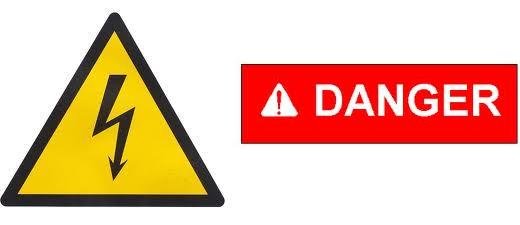Dealing with high voltages part of emergency workers’ job
Nissan LEAF, along with all of the other pure battery electric vehicles (EV) on the way, will require specialized knowledge on the part of those that assist us in some of our greatest times of need. When we have an accident in our LEAF, if the accident is severe, we may need to rely on some unknown individual to safely extricate us from our vehicle. We would really like to not be put in harms way, nor to put an emergency worker in harms way should this occur, just because of our choice of vehicle . So the fact that Nissan has put this First Responder’s Guide out, we see as a good thing. Interestingly, we saw a comment on an article recently in which the commenter refused to buy an electric vehicle because of the possibility that it would put a first responder in harms way. Apparently that commenter was not aware of the hazards that surround us all on an ongoing basis. But that is the basis for another article.
While electric car awareness is increasing among the general populace, it should not be forgotten that hybrid vehicles have been around for quite some time. And these hybrid vehicles also have large-capacity, high-voltage batteries within. Almost 14 years ago, the 1997 Toyota Prius was introduced in Japan with a 288 volt direct current (DC), 240 cell battery pack to power its electric motor. Prius made its introduction in the United States two years later in 1999. Honda Insight actually made its debut here a few months prior. Insight used a battery pack that provided 144 volts (DC). It doesn’t really matter how you slice it – 144 volts DC or 288 volts DC – either is a heck of a lot more than 12 volts DC, which is what emergency personnel had been seeing up until then. By the way, Nissan has not offered up the voltage on the LEAF battery pack. We’ve heard that it’s north of 300 volts DC.
The point here is this – first responders have been trained in how to work with high voltage automobile systems for over a decade. We would be amazed if there was even a volunteer fire department that is not aware of the issue. While the capacity to drive further electrically has changed over the years, how to handle the situation has not. Just being aware of what you are working with is key.
By the way… if Hollywood is any indication, after a crash your gasoline powered car is going to blow up only seconds after you get out as the punctured gasoline tank drizzles fuel over some hot component, so our best recommendation is that you always drive with a gas tank running on empty to avoid this situation.

